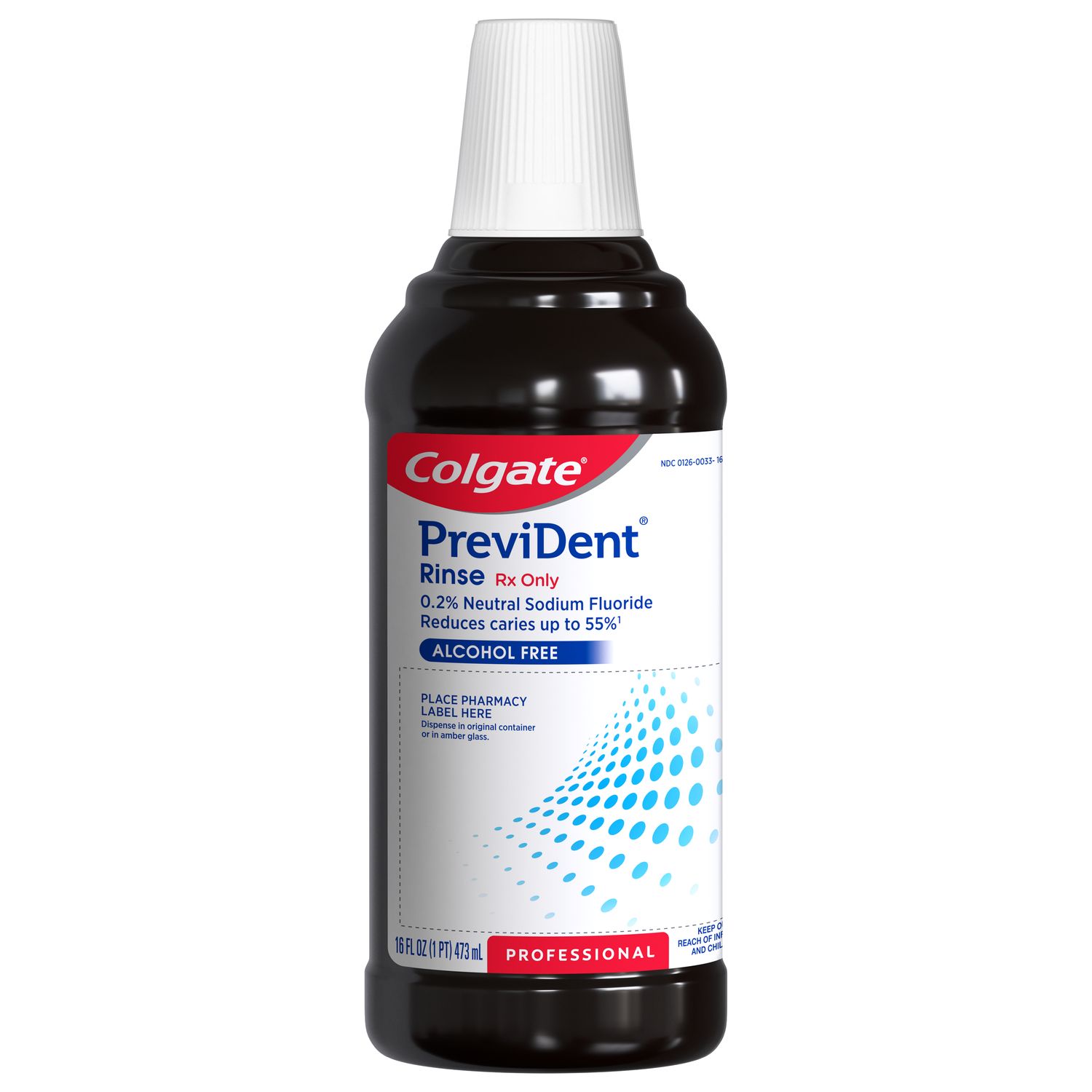
D4910 is a dental code that can cause confusion. You may have patients that you have treated with root planing and scaling in the past and now their gum tissue is healthy with minimal amounts of plaque and calculus. These patients may ask you if they can just "get a regular cleaning." How should you address this issue? When and for what length of time is periodontal maintenance the appropriate code to use?
Key Differences Between Periodontal Maintenance (D4910) and Prophylaxis (D1110)
According to Dentistry IQ you must compare these two codes to understand which procedure is the correct one to bill for. D4910 is a procedure that follows periodontal therapy and continues at varying intervals, determined by the dentist's clinical evaluation of the patient, for the life of the dentition. This code includes removal of bacterial plaque and calculus from supragingival and subgingival areas, along with site-specific scaling and root planing. D1110 consists of the removal of plaque, calculus and stains from thetooth structures. It is intended to control factors that can cause irritation and inflammation. The bottom line is that periodontal maintenance treats active disease, while a prophylaxis is preventative.
What to Do When a Patient Pressures You to Use D1110 Instead of D4910
Patients often do not understand the difference between periodontal maintenance and a routine prophylaxis. They simply know that one code has a much higher fee than the other. Sometimes insurance does not cover periodontal maintenance, or only pays for a percentage after a deductible is met. It may be tempting to use the prophylaxis code to help your patients save money, but ethically, you must bill out the procedure that you performed.
Explain to your patients that they have active periodontal disease, which requires you to remove bacteria and buildup from below the gum line with special instruments to help prevent further bone loss. You can also help them visualize the inflammation and swelling in their gum tissue by using the probe feature of Gum Health Physical. When patients understand the value of their treatment, they will be more comfortable with paying for the correct procedure.
What About Alternating Between D4910 and D1110?
Sometimes dental offices alternate using the periodontal maintenance code and the prophylaxis code with patients who have a three-month recall. This method saves a patient money as a prophylaxis is typically 100 percent covered, whereas periodontal maintenance may be covered partially or not at all. Coding should not be dependent on what insurance covers but instead should be based on the individual's actual treatment. The code for periodontal maintenance indicates that active periodontal disease is present and D1110 indicates otherwise. As a result, alternating codes is never appropriate.
Concerns About Treating New Patients
When you have new patients come into your office and they present with numerous areas of recession but healthy gum tissue overall, you may wonder if it is appropriate to use the periodontal maintenance code. According to DentistryIQ's coding expert Patti Digangi, since the D4910 code is only meant to follow surgical or non-surgical periodontal therapy, it can only be used if you have evidence that the patient has a history of these types of treatment. If his/her current insurance company covered the provided therapy, it may be easily proven. Otherwise, finding a history may be a challenge. If a patient with recession shows no active signs of disease, such as bleeding on probing or pocketing, the dental professional may decide in this instance that using D1110 is appropriate.
Takeaways
- Have evidence of prior surgical or non-surgical periodontal therapy before billing a patient for periodontal maintenance.
- Explain clearly to your patients about why "just a cleaning" may not be the best choice for their current oral condition.
- Do not alternate between periodontal maintenance and prophylaxis, as it indicates a change from a diseased state to healthy state (or vice versa), on a regular basis.
Why It's Important
When you use the periodontal maintenance code correctly, you know that you have met your ethical responsibility and that you are billing for the treatment you provided to meet a patient's individual needs.
Join us
Get resources, products and helpful information to give your patients a healthier future.
Join us
Get resources, products and helpful information to give your patients a healthier future.












